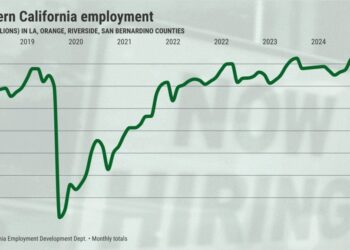As analysts closely monitor global events and their impact on financial markets, the financial state of commercial real estate continues to be a primary focus for many. Banks and lending institutions around the U.S. have not forgotten the Great Recession of 2008 and how commercial real estate portfolios impacted balance sheets and profitability. While the Great Recession’s impact to residential real estate markets outpaced commercial real estate defaults, the potential for a moderate recession or cycle correction in 2023 will look much different than any others in recent history.
The current state of commercial real estate varies greatly by asset class, and these classes may currently benefit, or suffer, from various dynamics specific to their industry position. Banks holding debt on investment multifamily or operating assets (industrial or other logistics) will see different, more subdued market correction components than those holding office buildings or retail which stand to face greater headwinds over the next few years.
According to the Mortgage Brokers Association, office properties posted a 54% YoY decrease in lending for Q4-2022. And, according to Bloomberg, the $175 billion of global real estate credit already in distress will continue to grow. This is largely due to protracted decisions made by companies as to how to right-size their portfolios when considering a recession, raising interest rates, declining office tenancy, and shifts to hybrid/remote work amenities. This is leading banks to boost reserves for potential losses attributed to commercial real estate loan defaults.
Banks and other lending institutions may continue to track borrower performance and real estate asset values, two of several tools utilized by such entities, in assessing risk within their portfolios during a correction environment. DEODATE’s approach with bank and lending clients facing imminent correction in their respective portfolios is to do so strategically,…
Read the full article here







